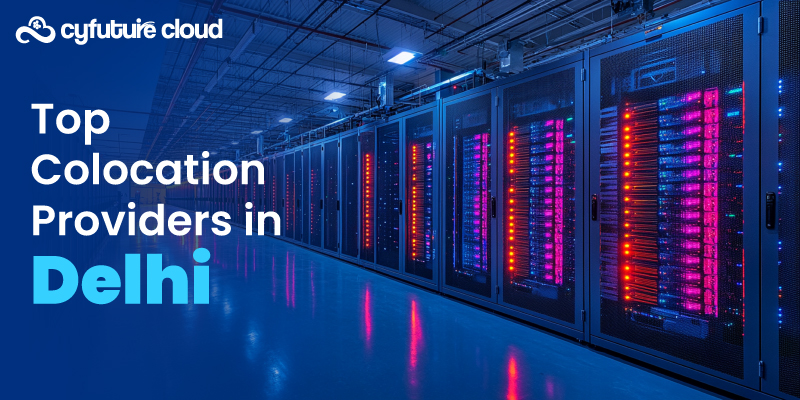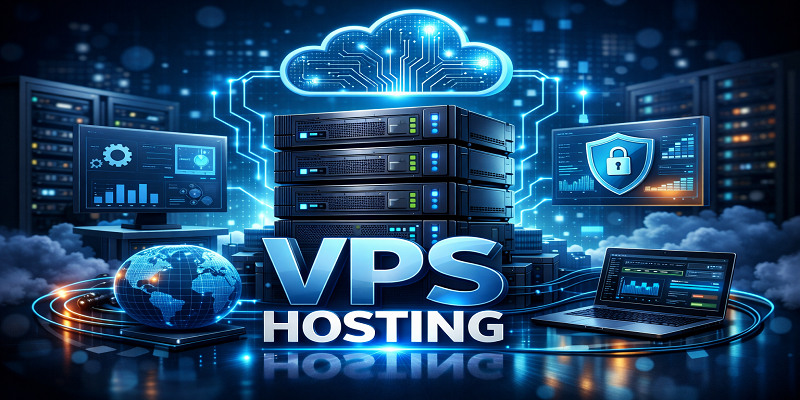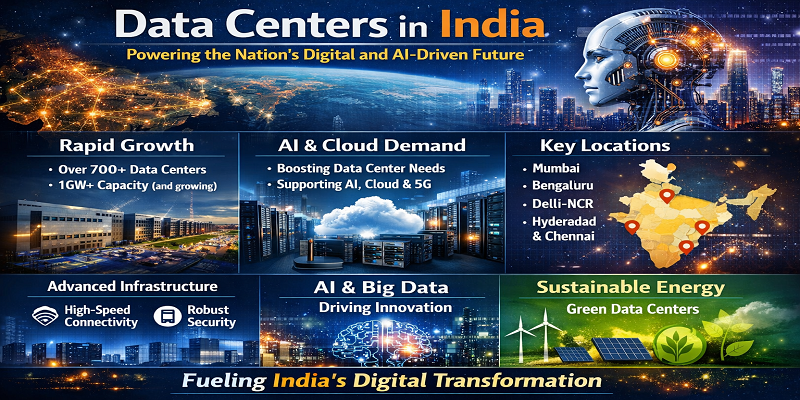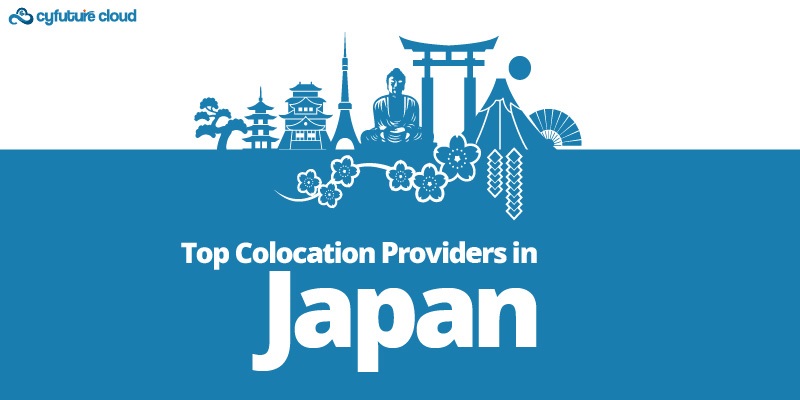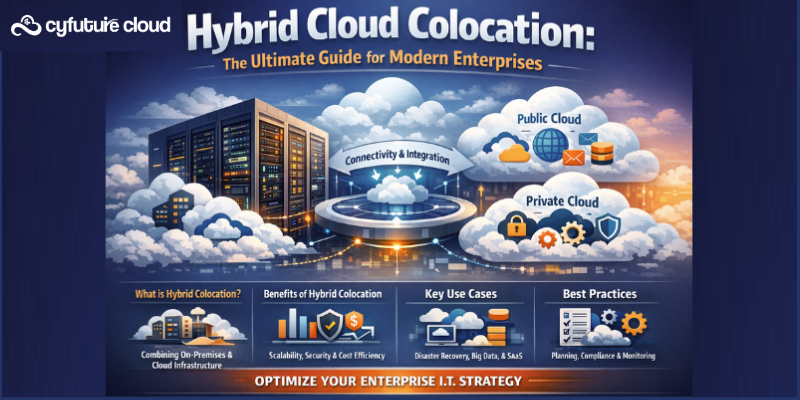DevOps is a collaborative practice that brings together application development (dev) and IT operations (ops) to enhance product quality and accelerate time to market. It is a method that was developed in recent years by tech companies. The technique involves the collaboration of the development and operations teams for reducing bugs and issues in the application by resolving them on a real-time basis.
- Within a DevOps framework, developers and IT managers work with experts in quality control, security, and support to deliver code rapidly through a seamless loop of continuous integration and continuous delivery (CI/CD).
- DevOps builds upon the frequent releases and CI/CD aspects of agile development methods, but it goes beyond incorporating infrastructure management into the development process, making product delivery more adaptable and dynamic.
- This integration of processes relies on ongoing collaboration among various teams, including business unit management, developers, quality assurance, and IT operations.
By replacing silos, rigid job descriptions, and bottlenecks with a flexible, cross-disciplinary model, a DevOps approach fosters innovation and continuous improvement. The teams no longer need to work in siloed ways and come together to resolve the issues by using cross-expertise. Usually, the solution for a huge problem comes in simple ways if only the team had the right expertise. So, DevOps and cloud infrastructure can be a solution to this.
DevOps and Cloud Computing
While the DevOps teams operate with cloud-based infrastructure, they come across various benefits and one of them helps them with streamlined access to scalable hardware resources, enabling the faster building, testing, and deployment of updates and offerings. Sometimes, it is not the inability to do a certain task, it is the lack of access to tools and utilities to perform, and the cloud provides almost everything a developer needs.
The increasing popularity of cloud application delivery has led to the widespread adoption of DevOps methods. Both of the technologies coincide well with each other; therefore, complementing the computing and software development operations in a harmonious and seamless way. Both of these technologies can align well with the rapid and continuous processes that characterize their operations.
How do They Compliment Each Other?
In a traditional application delivery environment, a completed application would be handed off to IT operations for maintenance, with future upgrades planned on a predetermined schedule. The development team anticipates the possible irregularities and keeps alternative solutions in line whenever there is a problem with newly developed software applications but DevOps allows us to rectify and fix issues while the work is in the development stage.
However, in cloud computing, the application stack will likely undergo ongoing changes even after initial deployment. While this dynamic nature of cloud operations presents challenges, it also offers benefits by allowing organizations to continuously improve their products and services. A DevOps framework helps organizations remain responsive and competitive in the fast-paced, evolving marketplace.
DevOps teams in the cloud can also operate with increased efficiency. For instance, by leveraging virtualization and containerization, DevOps teams can develop and test applications in identical environments simultaneously, and provide additional resources as needed. Earlier it was not possible because there were two limitations – data space and processing power, and it is already in abundance with the latest cloud environment.
In fact, DevOps best practices are becoming essential for the success of cloud application development, particularly for the “as-a-Service” (XaaS) product delivery approach. XaaS applications are deployed in ongoing, continuous cycles, and organizations pursuing XaaS delivery require an agile development process supported by flexible cloud resources that can quickly scale and adapt to meet new market demands.
Putting Together The Forces of DevOps and Cloud
DevOps and cloud infrastructure are two closely related concepts that work together to enable organizations to deliver software applications more efficiently and effectively. DevOps is a set of practices that emphasizes collaboration and communication between software development and IT operations teams, while cloud infrastructure refers to the virtualized computing resources and services that are provided over the internet by cloud service providers. When combined, DevOps and cloud infrastructure offer several collaborative benefits that can greatly enhance an organization’s ability to develop, deploy, and manage software applications.
Faster and More Agile Development
DevOps and cloud infrastructure enable organizations to develop software applications in a more agile and iterative manner. DevOps practices, such as continuous integration and continuous deployment (CI/CD), allow development teams to build, test, and deploy code more frequently, reducing the time required to bring new features and updates to the market.
Cloud infrastructure provides scalable computing resources and services that can be easily provisioned and managed, allowing development teams to quickly create and deploy development and testing environments. This results in faster development cycles and quicker responses to market demands.
Improved Collaboration and Communication
DevOps promotes cross-functional collaboration and communication among development, operations, and other teams involved in the software development lifecycle. Cloud infrastructure provides a unified platform for teams to work together, share resources, and collaborate on projects in real time.
With cloud-based tools and services, teams can easily collaborate on code repositories, track changes, and automate workflows, which enhances communication and coordination among team members. This results in better alignment of development and operations teams, reduced errors, and improved overall software quality.
Enhanced Scalability and Flexibility
Cloud infrastructure provides on-demand scalability, allowing organizations to quickly scale their computing resources up or down based on application requirements. DevOps practices, such as infrastructure as code (IaC), enable organizations to define and manage their infrastructure as software code, making it easier to provision and manage cloud resources.
This allows organizations to be more flexible and responsive to changing business needs, as they can easily adjust their infrastructure resources to meet application demands. DevOps and cloud infrastructure together enable organizations to build highly scalable and flexible applications that can handle varying workloads and traffic patterns efficiently.
Increased Reliability and Resilience
DevOps and cloud infrastructure promote reliability and resilience in software applications. DevOps practices, such as automated testing, monitoring, and incident response, help identify and resolve issues in the application development process before they impact production environments.
Cloud infrastructure provides built-in redundancy, fault tolerance, and disaster recovery capabilities, ensuring that applications are highly available and resilient to failures. By leveraging the combined power of DevOps and cloud infrastructure, organizations can build robust and reliable applications that minimize downtime and provide a better user experience.
Cost Optimization
DevOps and cloud infrastructure can lead to cost optimization in software development and operations. DevOps practices, such as automated testing, deployment, and monitoring, help identify and resolve issues earlier in the development process, reducing the cost of fixing defects in production.
Cloud infrastructure provides a pay-as-you-go pricing model, allowing organizations to only pay for the computing resources they consume, without upfront costs for hardware or software.
Additionally, cloud infrastructure enables organizations to optimize resource utilization and minimize wastage, as resources can be easily provisioned and de-provisioned as needed. This results in cost savings and better financial management for software development and operations.
Enhanced Security
DevOps and cloud infrastructure can improve the security posture of software applications. DevOps practices, such as automated security testing, code scanning, and vulnerability assessments, help identify and fix security issues early in the development process.
Cloud infrastructure provides a secure foundation with built-in security controls, compliance certifications, and data encryption options. Additionally, cloud service providers offer a wide range of security services, such as identity, threat detection, and access management.
Cloud Techniques for Optimizing DevOps Operations
Infrastructure as Code (IaC): Implementing IaC using tools like Terraform or CloudFormation allows you to define your infrastructure in code, making it version-controlled, repeatable, and automated. This enables you to quickly provision, modify, and tear down infrastructure resources as needed, leading to more efficient DevOps operations.
Continuous Integration and Continuous Deployment (CI/CD): Implementing CI/CD pipelines using tools like Jenkins, GitLab, or AWS CodePipeline automates the process of building, testing, and deploying code changes to production. This enables faster feedback loops, reduces manual errors, and ensures reliable and consistent deployments.
Automated Testing
Implementing automated testing using tools like Selenium, JUnit, or AWS CodeBuild helps to catch bugs and issues early in the development process, reducing the risk of production incidents and improving code quality. Automated testing also enables you to test your application against different environments, configurations, and scenarios, ensuring reliable performance in production.
Autoscaling
Leveraging autoscaling capabilities provided by cloud platforms like AWS Auto Scaling, Google Cloud Autoscaler, or Azure Autoscale, allows you to automatically adjust the resources allocated to your applications based on actual demand. This ensures optimal resource utilization, cost efficiency, and high availability.
Containerization
Using containerization technologies like Docker and container orchestration tools like Kubernetes allows you to package your applications along with their dependencies into lightweight and portable containers. This enables consistent deployment across different environments, reduces deployment issues, and improves scalability and flexibility.
Monitoring and Logging
Implementing comprehensive monitoring and logging solutions using tools like Prometheus, Grafana, ELK stack, or cloud-native monitoring services like Amazon CloudWatch, Google Cloud Monitoring, or Azure Monitor helps you gain visibility into the health and performance of your applications and infrastructure. This enables proactive issue detection, faster troubleshooting, and continuous performance optimization.
Infrastructure Optimization
Leveraging cloud-native services like AWS CloudFormation, Google Cloud Deployment Manager, or Azure Resource Manager templates allows you to define and manage your infrastructure as code, automate provisioning, and apply best practices for cost optimization, security, and compliance.
Collaboration and Communication
Utilizing collaboration and communication tools like Slack, Microsoft Teams, or Atlassian Jira enables efficient communication, coordination, and collaboration among DevOps teams, improving productivity and reducing delays in the development and deployment process.
Security and Compliance
Implementing security best practices using tools like AWS Identity and Access Management (IAM), Google Cloud Identity and Access Management (IAM), or Azure Active Directory helps you manage access permissions, implement fine-grained security controls, and meet compliance requirements. Regular security audits, vulnerability scanning, and penetration testing also help identify and mitigate potential security risks.
Disaster Recovery
Implementing disaster recovery strategies like backup and restore replication, or multi-region deployment using cloud-native services like AWS Backup, Google Cloud Storage, or Azure Site Recovery ensures business continuity and minimizes downtime in case of a disaster or an outage.
These are just a few cloud techniques for optimizing DevOps operations. Depending on your specific requirements, you may also need to consider other techniques and best practices to suit your organization’s needs.
Recent Post
Send this to a friend

 Server
Colocation
Server
Colocation CDN
Network
CDN
Network Linux
Cloud Hosting
Linux
Cloud Hosting Kubernetes
Kubernetes Pricing
Calculator
Pricing
Calculator
 Power
Power
 Utilities
Utilities VMware
Private Cloud
VMware
Private Cloud VMware
on AWS
VMware
on AWS VMware
on Azure
VMware
on Azure Service
Level Agreement
Service
Level Agreement 